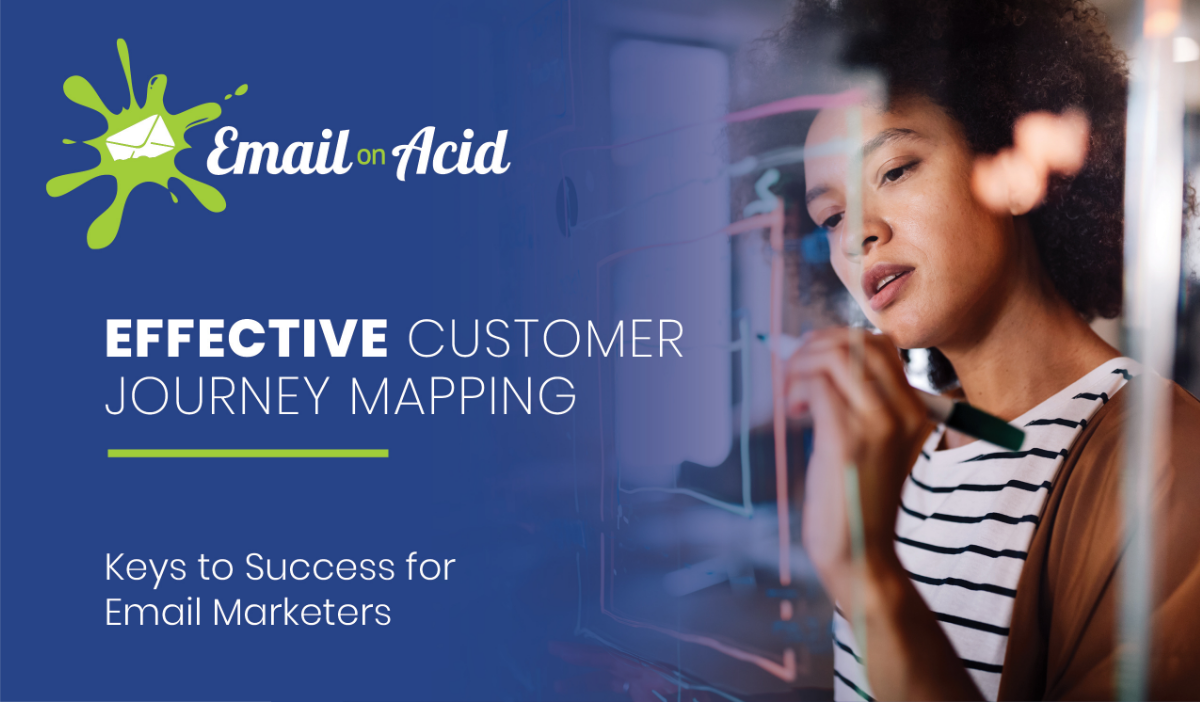Email Marketing
Customer Journey Map Examples: What’s Your Style?
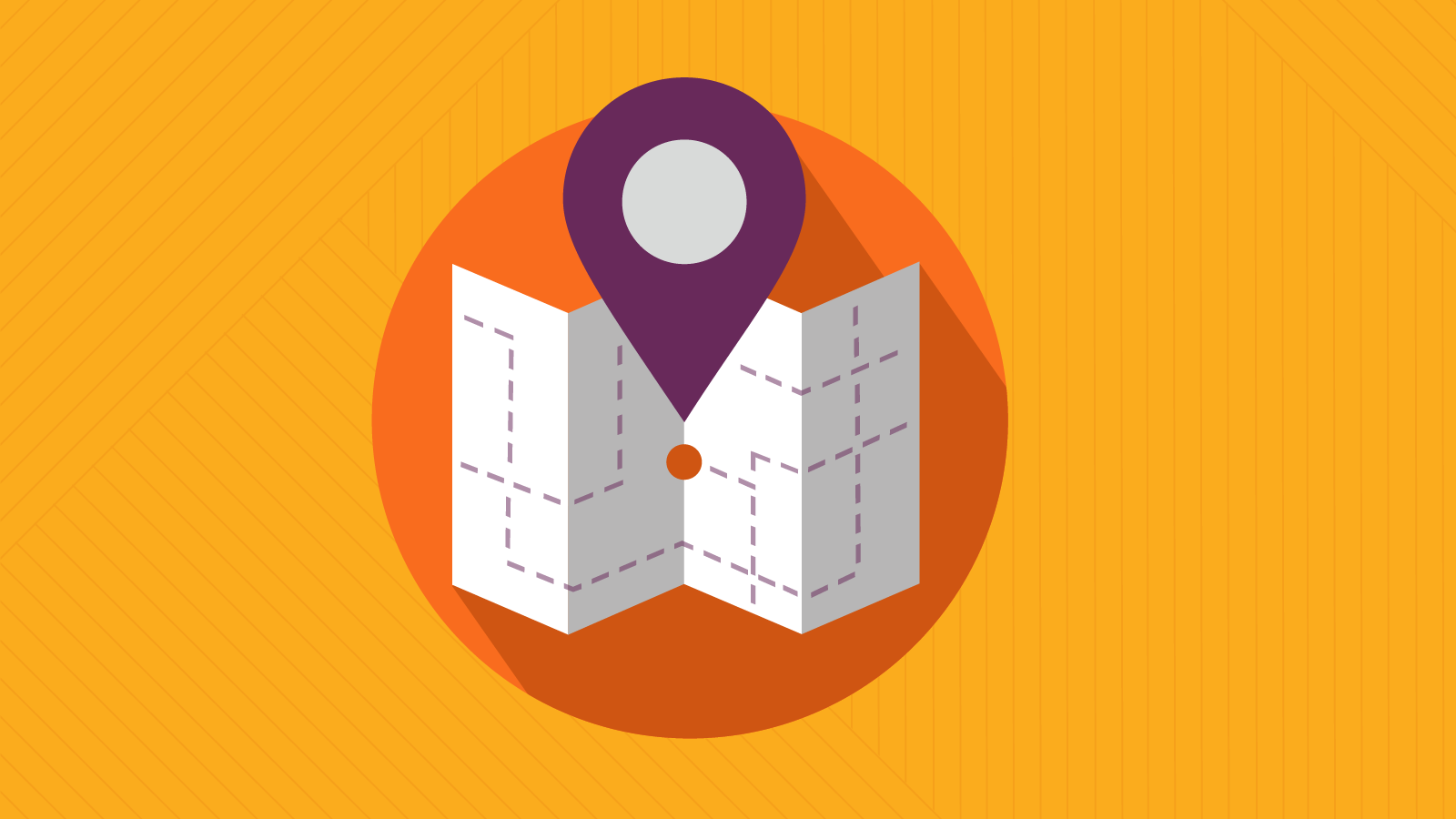
Email Marketing

When planning any journey, it’s all too easy to focus on your departure and your arrival. However, it’s the things that happen along the way, such as your flights leaving on time, those unexpected upgrades, not forgetting your ID (no, no that’s never happened to me), and painless transfers, that make your travel experience more pleasurable.
It’s precisely the same in marketing. You cannot expect to throw prospects into a CRM system, leave them at the mercy of separate business units with no collective strategy, and have them emerge as fully-formed customers. If you want a happy client base with a significant customer lifetime value (CLV), you need to be more sophisticated in your customer journey mapping approach.
If you are going to build a successful campaign strategy, everyone involved across all marketing disciplines, sales, and customer services should know the direction their customers are traveling in and their department’s responsibilities to ensure safe passage along the route.
Customer journey mapping is a process that creates a visual guide, helping you (and your wider organization) understand how your customers interact with your brand following specific customer engagements. Like the GPS in your car, a good customer journey map will help you make informed choices about guiding your customers in the right direction. Suppose you can visualize how a customer will react to a specific touchpoint, such as an email marketing campaign or a sales call. In that case, you will be better prepared to build and maintain those profitable relationships.
Email marketing success is built on the premise of sending the right message to the right person at the right time. If you can identify where an individual customer is on their journey with your organization, you will be better able to optimize the relevance of each campaign and drive greater engagement.
Ensuring you understand where your customers are on their journey is a vital component of any email marketing pre-deployment strategy, along with those all-important content, accessibility, and deliverability checks.
A good customer journey map should highlight the various routes customers can take on their journey with your organization. Because every customer journey is different, it should also highlight any potential roadblocks or shortcuts to ensure the maximum number arrive at your preferred destination.
Planning every possible route for multiple customer journeys might seem like a complex and time-consuming task. However, losing customers unnecessarily along the way will almost certainly be more problematic.
The good news is, because improved marketing success is often built on a series of marginal gains, customer journey mapping doesn’t have to be complicated. It is possible to start small by mapping specific functions such as triggered responses to an abandoned cart or engagement with a particular piece of content.
A good map won’t solve all your business problems. You’ll still need great data to provide context. However, when you combine a good customer journey map with actionable data, you’ll suddenly be able to better visualize the right path forward for your business. Remember, if you are going on a long journey, you may need more than one map suited to each leg of that journey, and some will be more complex than others.
So what does a customer journey map look like? To get you started, we’ve created a list of six journey map examples adopted by many leading marketing organizations.
The funnel has been a marketing staple since it was first introduced in 1898 by the American advertising pioneer Elias St. Elmo Lewis. You’ll almost certainly know Lewis’s work — he is also credited with the often-cited advertising mantra of Attention, Interest, Desire, and Action (AIDA). Lewis’s funnel was ground-breaking at the time and is still widely used today. However, in an age where sophisticated marketing automation and customer relationship management technology is within easy reach of almost every organization, it’s a little unsophisticated. The funnel works on the assumption that if you throw enough people into it, they will filter down through the stages of awareness, consideration, conversion, loyalty, and finally, advocacy.
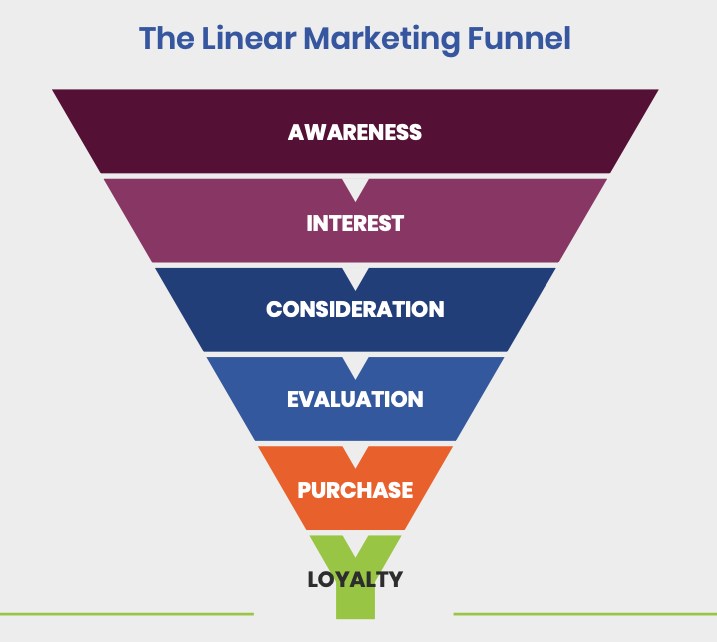
As prospects travel through the funnel, they are engaged by various marketing and sales strategies based on their current position in the funnel. The problem with funnels is that they only move in one direction, and there is a tendency to focus on the customers at the very top and the very bottom of the funnel.
This may mean those potentially lucrative customers are left in a holding pattern somewhere in the middle and may experience marketing fatigue before becoming disengaged. If prospects don’t move through or exit the funnel, email lists can become bloated, adding to the cost of sends and reducing efficiency, as campaigns are ignored or bounce. Funnels can also be leaky. Often, there’s no real strategy for what to do with the customers you lose along the way, other than throwing them straight back in.
Marketer Andrew Davis has an interesting take on marketing funnels, why you should take a different approach, and why there could be a funnel conspiracy. Check out the video for more.
The linear map and the horizontal funnel are fairly similar approaches to re-imagining the traditional funnel — basically by flipping it on its side.
You could argue that flipping a funnel on its side is hardly revolutionary. However, in terms of visualization, it does have advantages over the more traditional funnel. The linear map/horizontal funnel has more in common with a subway route map than a comprehensive road map. The simple design is perfectly suited to sharing information quickly and efficiently on a single PowerPoint slide, PDF, or sheet of paper – which is the entire purpose of customer journey mapping.

Relevant customer touchpoints are positioned next to every “station” along your linear map. This lets everyone know who is responsible for individual customers at the various stages of their journey and allows for greater co-operation across departments. At the very least, a linear map should ensure you tear down a few marketing silos and build more comprehensive strategies across all marketing, sales, and customer service channels.
Note: While the funnel, linear map, and horizontal funnel are far from sophisticated customer journey mapping models, they provide a solid foundation for more simple business models to quickly build a go-to-market strategy, which can be improved later.
Circular mapping moves away from the funnel and linear mapping systems’ one-way traffic and helps brands visualize that customers can move backward and forward on their journey. It also helps focus minds on the fact that running a great business is more than just acquiring customers; it’s about retaining customers and increasing customer lifetime value.

A circular map highlights that if a customer wants to make a repeat purchase or upsell opportunity, they don’t need to start the marketing and sales process from the very start. Understanding where individual customers are on the circular map is particularly useful when planning email campaigns supporting customer loyalty and re-engagement programs.
Circular mapping is also ideal for organizations in highly competitive markets where they may need to constantly remind even loyal customers of the brand’s advantages. This will be particularly true in business sectors such as financial services or travel, where comparison shopping often precedes any direct brand re-engagement. The circular map’s final step is always advocacy, highlighting that word-of-mouth marketing is a valuable awareness marketing technique that brings new people into the circle.
The infinite loop combines elements of linear and circular mapping and is designed for companies whose priority is keeping customers coming back time and time again.
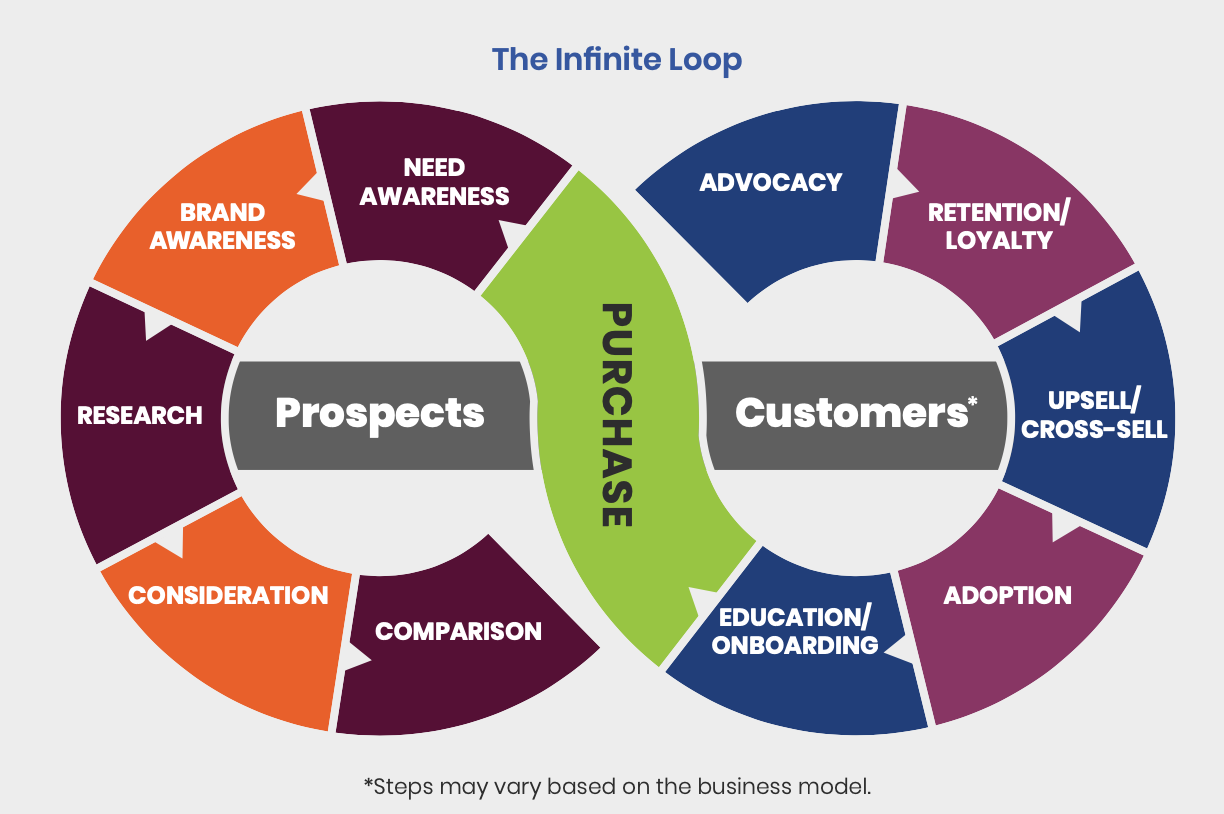
For example, it’s hard to imagine an omnipresent brand like Amazon should ever need to spend any time ensuring customers remain aware of their services beyond their initial purchases. Initially, the infinite loop takes customers on a linear journey from awareness to purchase before redirecting all of the brand’s efforts into keeping their customers engaged with a constant supply of targeted offers and exceptional customer service.
Like the circular map, advocacy is also in the mix, bringing new customers into the loop via ever-powerful word-of-mouth marketing. Highly personalized email marketing is the powerhouse that drives the infinite loop. The more granular those targeted campaigns are, the stronger the relationship with the customer becomes.
While all of the previous mapping strategies highlight travel direction, the grid goes one step further by providing step-by-step instructions. The grid is ideal for organizations launching a new product or service. You can think of your grid as a checklist with a set of instructions in each column, which must be completed and checked off before moving on to the next column.
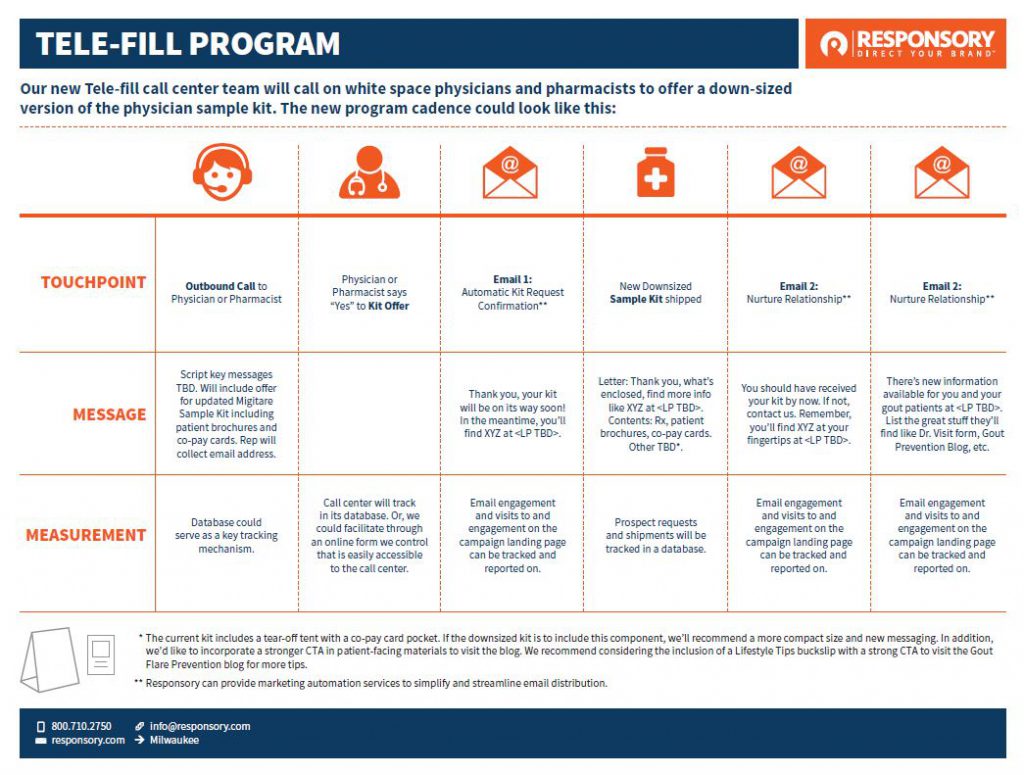
This “paint by numbers” strategy might appear rather simplistic. But it ensures that customers’ expectations have been managed effectively throughout their journey. The grid system’s beauty is that email marketers know precisely when they should send campaigns and not have to guess where a particular customer is on their journey. This doesn’t mean the email marketers can sit back and relax. Even when emails are sent to the right person at the right time, there is always an opportunity to optimize those campaigns through a campaign of testing and campaign analysis.

There are many twists and turns on the path to making a purchase. More complex journey map examples show how non-linear that path can be. Furthermore, different industries and organizations will have journey maps that are more complex than others.
The journey B2B journey map example from Gartner shown below illustrates the complexities of getting purchase approval in a large company.
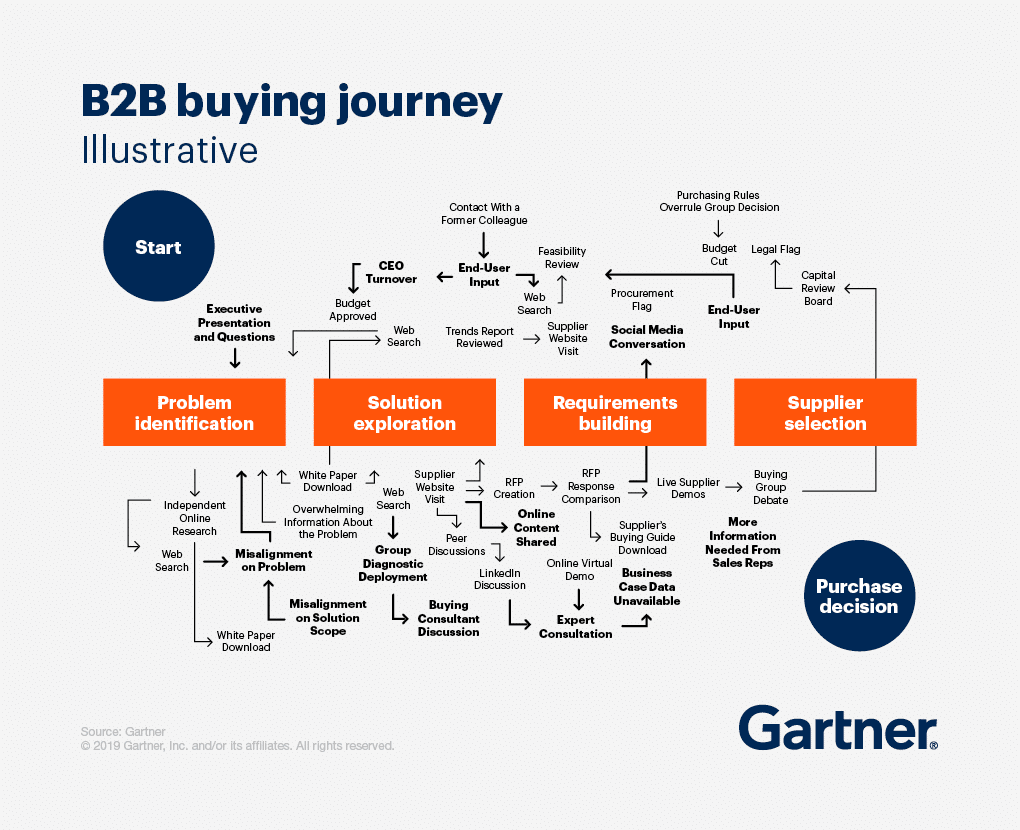
The whole point of visualizing the customer journey is to simplify communication lines across the various departments of your organization. The last thing you want to do is present too much information to people who honestly don’t need it. If your customer journey map for a specific route to market looks like the mathematical formula for one’s of Elon Musk’s space capsules to dock with the International Space Station, you’ve probably failed in your mission to simplify cross-department communications.
However, this doesn’t mean that key stakeholders across your organization don’t need more complex mapping solutions. When you present too much information to people who don’t need it, they stand more chance of getting lost. Just remember, these more complex solutions are produced on a “need to know basis,” and most people don’t need to know half of what you are sharing.
If you don’t know where your customers are on their journey, you’ll never be sure that your email marketing campaigns are as relevant, timely, and engaging as they could be. It will also make it impossible to line up all of your other brand marketing strategies to create a cohesive narrative.
Sometimes in business, you’ve got to take your time to understand the direction you are heading in. To learn more about customer journey mapping, download our whitepaper: Effective Customer Journey Mapping: Keys to Success for Email Marketers.
